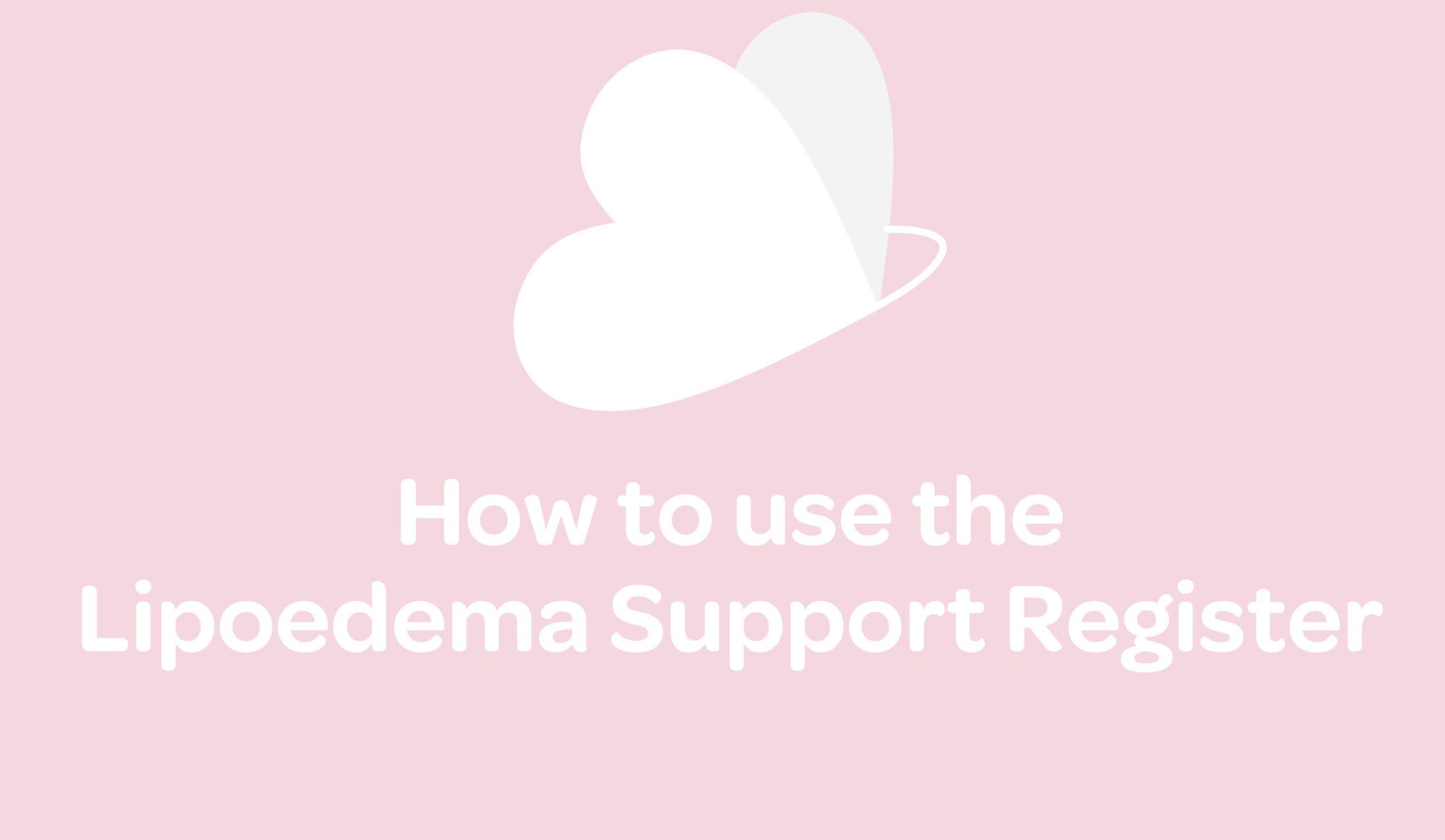When it comes to treatment options, conservative management and lipoedema surgery are the two main pathways.
While there is no “one-size-fits-all”, each approach plays a different role in supporting people living with lipoedema. Some rely solely on conservative measures, while others may explore lipoedema surgery as part of a broader treatment plan. It’s important to understand what each pathway involves, how they differ, and how they can work together to support quality of life and symptom management.
What Is Lipoedema?
Lipoedema is a chronic condition involving an abnormal buildup of fat, most commonly in the legs, thighs, buttocks, and arms. It often causes pain, swelling, bruising, and a heavy or tight feeling in the affected areas. Many people with lipoedema also experience reduced mobility and changes in body shape that don’t respond to traditional weight loss methods.
Despite affecting an estimated 1 in 10 women, lipoedema is still widely underdiagnosed and misunderstood. Early diagnosis and the right management can help reduce symptoms and support long-term wellbeing.
Whether through conservative management, lipoedema surgery, or a combination of both, understanding these two core treatment pathways is an important part of living well with lipoedema.
What Is Lipoedema Surgery?
Lipoedema surgery is a medical intervention aimed at removing the abnormal fat deposits associated with the condition, so that it does not return.
The goal of lipoedema surgery is not cosmetic, but rather to manage the progression of the disease and reduce associated symptoms like pain, heaviness, and mobility limitations. General surgical approaches involve forms of liposuction to extract the affected fat tissue. However, techniques can vary significantly in their impact on the lymphatic system.
At Lipoedema Surgical Solutions, lipoedema surgery is performed using a minimally invasive, lymphatic-sparing method called Water-Assisted Liposuction (WAL).
What Is Conservative Management?
For many people, conservative management forms the cornerstone of lipoedema treatment, regardless of whether lipoedema surgery is part of the plan. Conservative management helps to stabilise symptoms, reduce inflammation, and improve daily function.
At Lipoedema Surgical Solutions, we prioritize three main elements of conservative management, regardless of whether lipoedema surgery is being considered.
- Flat-knit, medical-grade compression garments
Flat-knit, medical-grade compression garments are recommended to reduce swelling and provide structural support during daily activities.
- Manual Lymphatic Drainage (MLD)
Manual Lymphatic Drainage (MLD), a gentle and rhythmic massage technique, is another key therapy used to stimulate lymphatic flow and alleviate feelings of heaviness or discomfort.
- Dietary adjustments
Dietary adjustments can also play an important role; many individuals benefit from a Lipoedema-friendly, anti-inflammatory approach.
While conservative management does not remove the lipoedema fat, it can make a meaningful difference in how a person feels and functions.
Don’t know where to start with conservative management?
Our online support register has been compiled of recommendations from our Lipoedema community. These women generously share recommendations for support and resources that have helped on their own Lipoedema journey, with the goal of helping other women. We do not endorse specific therapists or suppliers; we are simply providing a list for you to review and research to find support and services that suit your individual needs.
Which Treatment Path Is Right for You?
Some ladies may prefer to focus on conservative care while others may find that surgery offers relief after trying non-surgical approaches. In many cases, the best outcomes come from combining both.
A Valid Approach, No Matter the Path
Both surgical and non-surgical approaches to managing Lipoedema are valid. Conservative management can play a lifelong role in managing symptoms, while lipoedema surgery may offer a turning point for others.
The most empowering step is simply starting the conversation. No one should feel alone or unheard in their lipoedema journey.
If you’re exploring lipoedema treatment options, our team is here to support you with clear information and personalised care. Contact us or book a group Zoom consultation to learn more.


